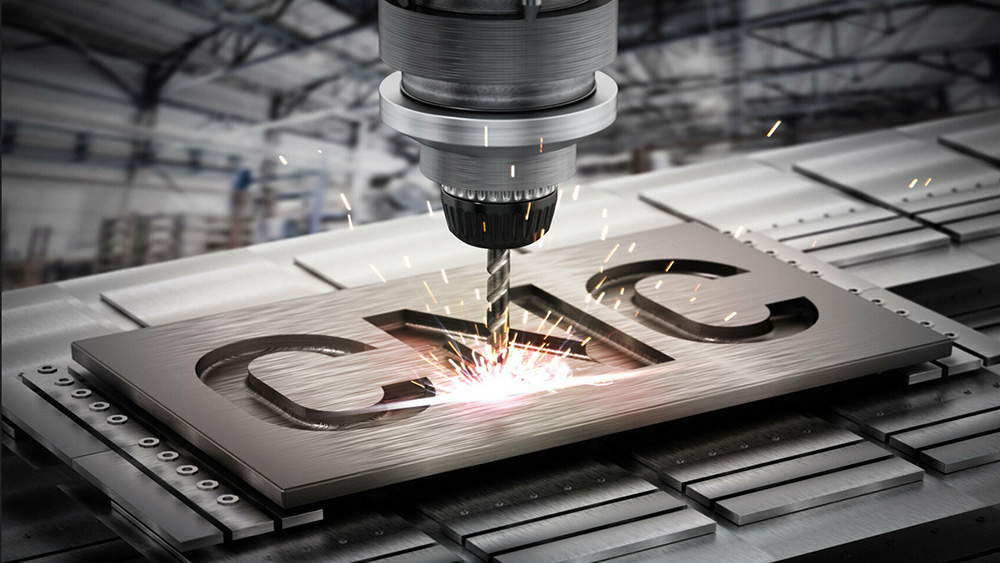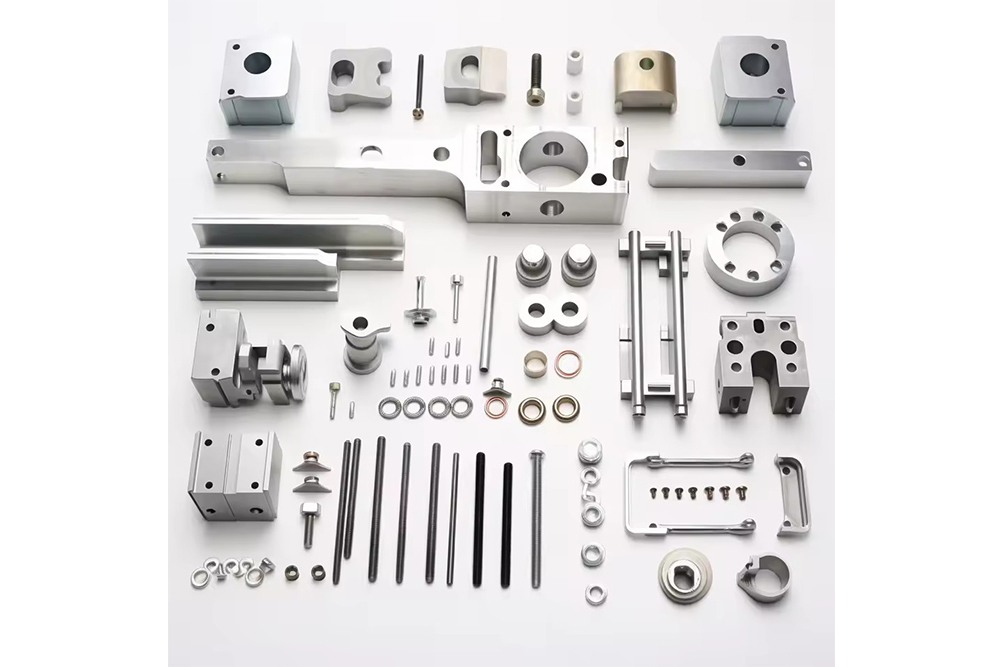CNC Machining Parts: The Backbone of Precision Manufacturing
In the fast-evolving landscape of global manufacturing, the importance of accuracy, speed, and flexibility is more critical than ever. Among the technologies enabling these goals, CNC machining and its resulting parts stand out as a foundation for modern industry. From automotive engines to medical implants, CNC machining parts are indispensable components powering progress.

Definition of CNC Machining Parts
CNC machining parts are components produced through Computer Numerical Control (CNC) machining, a subtractive process where programmed software directs machine tools to remove material with extreme precision. Unlike manual operations, CNC machining eliminates human error and ensures consistency in complex geometries. These parts are often made from metals such as aluminum, steel, titanium, or plastics like ABS and PEEK, depending on performance requirements.
Process Flow
Design and CAD Modeling – Engineers create 3D models with exact dimensions and tolerances.
CAM Programming – Designs are translated into G-code, which guides the machine’s movement and cutting paths.
Material Preparation – Selection of metals or plastics based on strength, weight, and cost factors.
Machining Operations – Including milling, turning, drilling, and grinding to form precise shapes.
5Finishing and Quality Control – Surface treatments like anodizing or polishing are applied, followed by inspection with CMMs and optical scanners.
Services Surrounding CNC Machining Parts
Rapid Prototyping for fast product development.
Custom Part Production tailored to specific industry needs.
Surface Finishing Services such as plating, coating, and heat treatment.
Design Optimization where engineers refine models to reduce costs.
Assembly Solutions providing parts ready for integration into larger systems.

Advantages
Precision and Repeatability – Tolerances down to microns.
Efficiency – Machines can run 24/7 with minimal human oversight.
Material Flexibility – Wide compatibility from lightweight plastics to hardened alloys.
Complex Design Capability – Ability to produce intricate geometries with ease.
Reduced Waste – Optimized cutting paths minimize excess material use.
Applications
Aerospace – Structural components, turbine blades, and landing gear.
Automotive – Engine parts, gearboxes, and prototypes for EVs.
Medical – Surgical tools, implants, and diagnostic equipment.
Electronics – Casings, heat sinks, and precision connectors.
Energy – Parts for wind turbines, oil extraction, and renewables.
Robotics – Gears, housings, and actuators enabling automation.
Future Prospects
Smart Manufacturing Integration – Machines connected to IoT systems for real-time monitoring.
Hybrid Processes – Combining CNC machining with 3D printing for efficiency.
Eco-Friendly Practices – Recycling chips and reducing energy use.
Micro-Machining Growth – Meeting demand for miniaturized electronics.
Global Market Expansion– Impulsionado pelas indústrias aeroespacial, de veículos elétricos e de saúde.
Conclusão
Da definição e fluxo de trabalho aos serviços, vantagens e tendências futuras, as peças usinadas por CNC representam o coração da engenharia de precisão. Elas incorporam a combinação de controle digital e expertise em materiais que define a manufatura moderna. À medida que as indústrias buscam inovação, a usinagem CNC continuará sendo um impulsionador essencial, transformando projetos complexos em soluções confiáveis e práticas.

